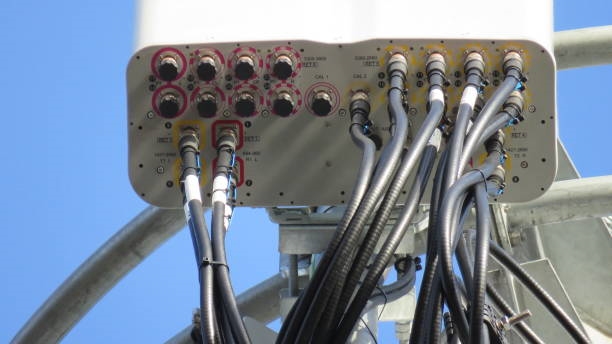Overview
Radio and television signals are signal waves carried on high-frequency carrier waves; this is called modulation. Conversely, at the receiver, extracting the signal wave from the radio wave received by an antenna is called demodulation (or detection), as shown below.
In figure (b), demodulation is likened to cargo and the vehicle that carries it: the cargo is the signal wave, and the vehicle is the carrier. What is needed is the cargo, so unloading the cargo from the vehicle is the receiving process, i.e., demodulation. For the receiver, the vehicle itself is not necessary except as a means of transport. In receiving circuits, however, the carrier remaining after extracting the signal is often used in useful ways, as explained below.
Demodulation Methods
Demodulation method depends on the modulation type. The basic principles for AM and FM are outlined below.
AM Demodulation
In general, AM demodulation relies on rectification, as shown in the figure. Therefore, components that exhibit rectifying behavior, such as a diode or a vacuum tube, are used for demodulation.
FM Demodulation
The amplitude of an FM wave is constant. If demodulation is attempted in that state, only a DC component is obtained. Therefore, the FM signal must first be converted into an AM-like form by some method before rectification can be used to recover the signal. Circuits that extract the signal without destroying the advantages of FM are called frequency discriminator circuits.
 ALLPCB
ALLPCB







